Introduction
Cabbage kimchi, or baechu-kimchi in Korean, is a staple in Korean cuisine and a beloved fermented dish worldwide. Its signature crunch, combined with a harmonious blend of spicy, salty, and umami flavors, makes it a versatile accompaniment to meals. Achieving the perfect texture—crisp yet tender—requires precision in ingredient selection, preparation, and fermentation. This article delves into the art of making cabbage kimchi that is both satisfyingly crunchy and deeply flavorful, offering step-by-step guidance, scientific insights, and expert tricks to elevate your homemade kimchi game.
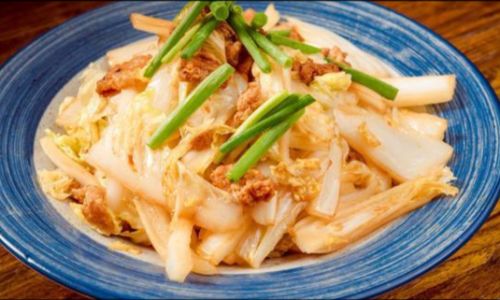
Chapter 1: Understanding the Science of Crispiness
The crisp texture of kimchi stems from the structural integrity of the cabbage’s cell walls. During fermentation, lactic acid bacteria produce acids that preserve the vegetables, but improper techniques can lead to mushiness. Key factors influencing crispness include:
- Salt Brining: Proper salting draws excess moisture from the cabbage, inhibiting softening enzymes.
- Fermentation Temperature: Warmer temperatures accelerate fermentation but may compromise texture.
- Ingredient Ratios: Balancing salt, spices, and aromatics prevents over-fermentation.
Chapter 2: Selecting the Perfect Cabbage
Variety Matters: Opt for napa cabbage (Brassica rapa pekinensis), known for its tender leaves and crisp core. Look for firm heads with tightly packed, pale green leaves. Avoid cabbages with wilted outer layers or yellow spots.
Size Consideration: Medium-sized cabbages (2–3 pounds) are ideal. Larger heads may have tougher cores, while smaller ones lack sufficient moisture.
Seasonal Tips: Harvest cabbage in cooler months (fall to early spring) for optimal sweetness and crispness. Summer cabbages tend to be thinner and less flavorful.
Chapter 3: The Salt Brining Process
Why Salt?
Salt serves three purposes:
- Dehydration: Removes excess water, creating a briny environment for fermentation.
- Flavor Enhancement: Amplifies the cabbage’s natural sweetness.
- Preservation: Inhibits harmful bacteria while allowing beneficial lactobacilli to thrive.
Step-by-Step Brining:
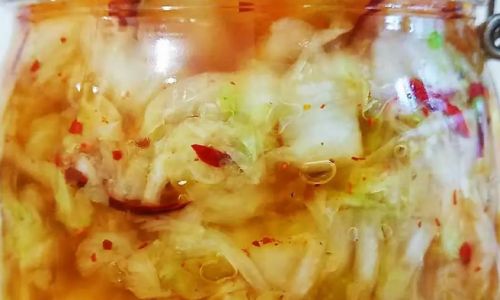
- Quarter the Cabbage: Remove the core and cut the cabbage into quarters. Rinse under cold water to remove dirt.
- Layer with Salt: Sprinkle coarse sea salt (10–12% of the cabbage’s weight) between each leaf. Use 1–2 tablespoons per pound.
- Massage Gently: Rub the salt into the leaves to distribute evenly. This softens the cabbage and accelerates moisture release.
- Rest: Let the cabbage sit in a large bowl for 4–6 hours. Flip occasionally to ensure even brining.
- Rinse Thoroughly: Drain the cabbage and rinse 2–3 times under cold water to remove excess salt. Squeeze gently to drain, but avoid over-crushing the leaves.
Pro Tip: Over-salting leads to shriveled leaves, while under-salting risks spoilage. Aim for a balance—the cabbage should be pliable but not limp after brining.
Chapter 4: Crafting the Flavor Base
The seasoning paste (jangtjae) is the soul of kimchi. A well-balanced mix ensures depth without overpowering the cabbage’s freshness.
Key Ingredients:
- Gochugaru (Korean Red Pepper Flakes): Use fine or coarse flakes based on spice preference.
- Aromatics: Garlic, ginger, and onions add complexity.
- Umami Boosters: Fish sauce, shrimp paste, or kelp powder enhance savory notes.
- Sweeteners: A touch of sugar or rice syrup balances acidity.
- Texture Enhancers: Daikon radish, carrot, or scallions add crunch.
Recipe for 1 Medium Cabbage (2.5 lbs):
- 1 cup gochugaru (adjust to taste)
- 1/2 cup fish sauce or 3 tbsp shrimp paste
- 1/4 cup rice flour porridge (optional, for mild flavor)
- 1/2 head garlic, minced (10–12 cloves)
- 1 thumb-sized ginger, grated
- 1 small onion, grated
- 1/4 cup sugar or 2 tbsp rice syrup
- 1 cup daikon radish, julienned
- 1/2 cup carrot, julienned
- 4–6 scallions, cut into 2-inch pieces
Preparation:
- Rice Flour Porridge (Optional): Simmer 1 tbsp rice flour in 1/2 cup water until thickened. Cool before use.
- Mix the Paste: Combine all ingredients in a large bowl. Adjust spice and salt levels to taste.
Chapter 5: Assembling the Kimchi
Technique for Even Coating:
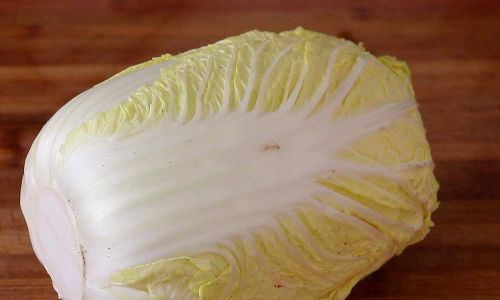
- Layer Cabbage and Paste: Place a cabbage quarter in the seasoning bowl and coat each leaf generously. Use gloves to protect your hands from spice.
- Fold Gently: Avoid bruising the leaves. Work the paste into the crevices without tearing the cabbage.
- Add Vegetables: Toss daikon, carrots, and scallions into the paste before coating the cabbage.
Packing the Jar:
- Use a Sterilized Container: Glass jars or traditional onggi pots are ideal.
- Press Firmly: Remove air pockets by pressing down the cabbage as you layer. Leave 2 inches of headspace for fermentation gases.
- Weight It Down: Place a clean stone or a small jar filled with water on top to submerge the cabbage.
Chapter 6: The Fermentation Journey
Ideal Conditions:
- Temperature: 60–70°F (15–21°C). Warmer climates speed up fermentation but may soften texture.
- Duration: 3–5 days for mild kimchi, 1–2 weeks for deeper flavor.
- Burping: “Burp” the jar daily to release pressure.
Monitoring Fermentation:
- Day 1–2: Bubbles form, and the kimchi expands. Taste for saltiness.
- Day 3–5: Flavors mellow. Transfer to the fridge once desired tanginess is achieved.
Pro Tip: For extra crispness, ferment at cooler temperatures (50–60°F/10–15°C) for 7–10 days. The slower process preserves texture.
Chapter 7: Troubleshooting Common Issues
-
Mushy Kimchi:
- Cause: Over-fermentation or high temperatures.
- Fix: Reduce fermentation time or use a cooler location.
-
Too Salty:
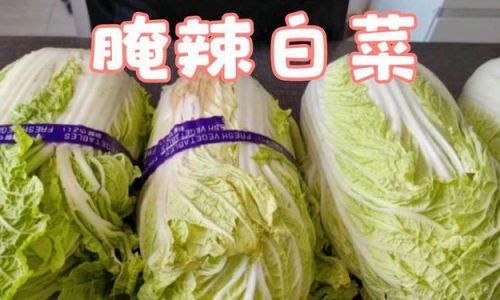
- Solution: Rinse the cabbage again after brining or add a potato slice during fermentation (it absorbs salt).
-
Bland Flavor:
- Fix: Increase aromatics or umami agents next time.
-
Mold:
- Prevention: Ensure submersion and use clean tools. Skim off mold if minor; discard if extensive.
Chapter 8: Storage and Serving
Shelf Life: Refrigerated kimchi lasts 3–6 months. The flavor deepens over time, but crispness diminishes slowly.
Serving Suggestions:
- Fresh: Enjoy young kimchi (3–5 days old) for maximum crunch.
- Aged: Use older batches in stews, fried rice, or pancakes.
Pairing Ideas:
- Grilled meats, rice bowls, or as a side to noodles.
- Mix with sesame oil and toasted sesame seeds for a quick salad.
Chapter 9: Advanced Techniques for Enthusiasts
- Quick Kimchi (Geotjeori): Skip fermentation for a fresh, crunchy salad. Serve immediately.
- Vegan Variations: Replace fish sauce with soy sauce or miso.
- Fruit Additions: Add diced apple or pear for subtle sweetness.
Conclusion
Crafting crispy, flavorful cabbage kimchi is a blend of science and art. By mastering the brining process, balancing seasonings, and controlling fermentation, you can achieve a dish that rivals store-bought varieties. Experiment with ingredients, adjust spice levels, and embrace the joy of fermentation. Whether paired with a hearty stew or enjoyed solo, homemade kimchi offers a taste of tradition and a celebration of texture. Happy fermenting!
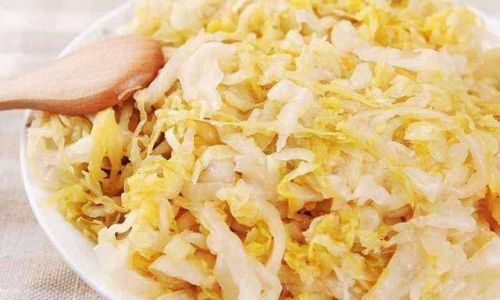
Word Count: 1,620

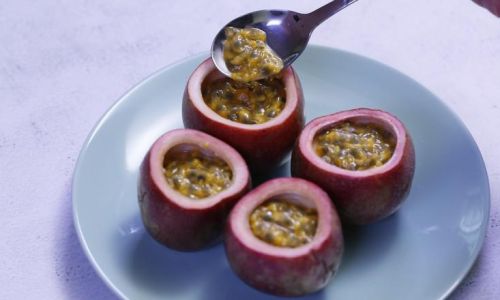

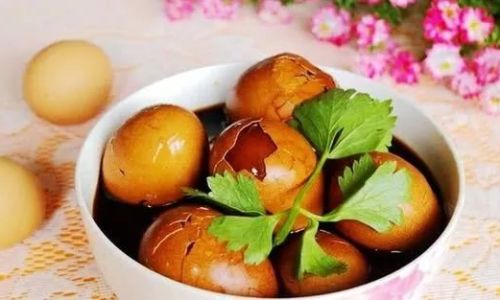
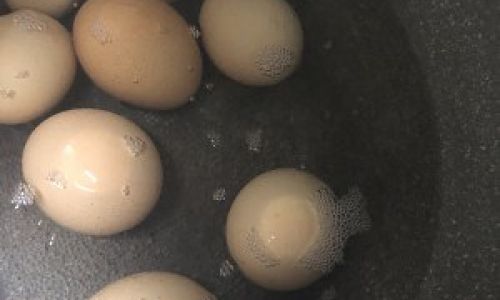
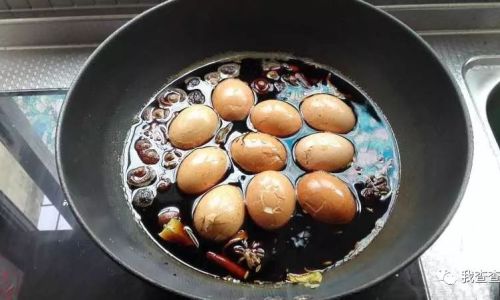
0 comments